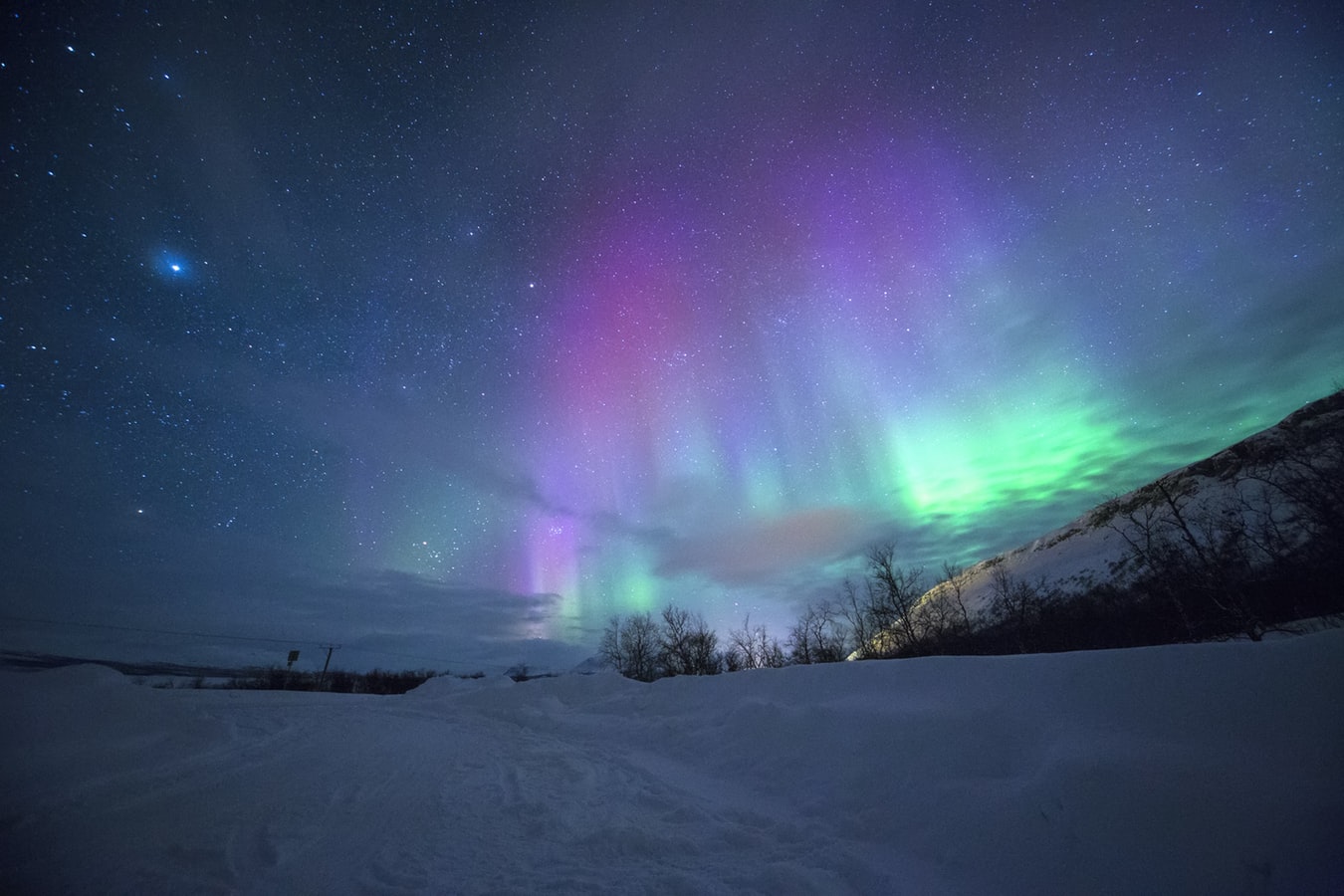Descripción/Description:
Detecting fast spinning neutron stars is important because their rotation rate is connected to two open questions in modern theoretical astrophysics. The first is the question of the nuclear
composition of neutron star cores, which is set by the balance between gravity and poorly understood details of the strong interaction. The second is the existence (and detectability) of
continuous gravitational waves emitted by non-axisymmetric fast spinning bodies. Fast spinning neutron stars can be found either as millisecond radio pulsars or as accreting millisecond pulsars in low-mass X-ray binaries. An important open question is why most accreting neutron stars in low mass X-ray binaries do not show pulsations, despite the presence of large amount of high energy radiation emitted from their surface. Several possibilities exist, including the presence of neutron stars without an extended magnetic field and the presence of
large amounts of plasma that destroy the coherence of pulsations. An important recent discovery in the field has been that accreting pulsars show very little inclination to follow the theory of magnetospheric accretion. For example, current accretion theory assumes a fixed stable magnetosphere and such a scenario needs to be updated. The discovery of transitional pulsars have also changed out view on how these systems behave and evolve over time. One further issue that has recently emerged is that, when the accreting plasma spirals towards the neutron star, its structure can be severely modified by the presence of the neutron star magnetosphere acting as a centrifugal barrier. Such magnetosphere-disc interaction might lead
to the formation of a new poorly understood type “trapped disc”, where accretion onto the neutron star surface is severely reduced. It seems therefore clear that the way in which neutron stars are spun up in binaries needs to be strongly revised, with several new features ingredients that need to be added to the picture. Having a more coherent scenario on how neutron stars are spun up to millisecond periods might help to understand whether sub-millisecond pulsars exist, which are the best systems where to look for them and in whether the neutron star magnetosphere is reduced/affected by the accreting plasma. This, in turn, can provide vital information on the possibility of detecting continuous gravitational waves from fast spinning neutron stars or allow to place constraints on the neutron star internal particle composition. The emergence of new technologies for data analysis has the potential of improving significantly
the extraction of information content from the large databases already present at different wavelengths. One possibility is to use machine learning algorithms to classify the data and
discover hidden patterns related to specific features that belong to different accreting systems. This project wants to investigate the possibility of identifying all the new ingredients discussed
above (trapped discs, presence/lack of magnetospheres, etc.) in the whole body of datacollected so far. This will require first an understanding of which data need to be selected and
how to pre-process them, and then build and implement algorithms for data classification. The final goal of this project is to be able to identify different subclasses of accreting neutron stars by identifying specific features in the data which are now still undiscovered. Once these features are identified it will be possible to proceed to a better physical understanding of the systems and identify the best candidates for further study.
This PhD position is part of the project: "ESTRELLAS DE NEUTRONES: ESTUDIANDO EL UNIVERSO MAS EXTREMO CON OBSERVACIONES, SIMULACIONES Y PLANEAMIENTO INTELIGENTE DE NUEVA INSTRUMENTACION" (PGC2018-095512-B- I00) ("Neutron stars: studying the most extreme Universe
with observations, simulations and an intelligent scheduling of new instrumentation") and is aimed at an FPI fellow.
For more information please write to patruno@ice.csic.es
The deadline for the application is November 7 2019, at 14:00 (peninsular). However the candidate is strongly encouraged to contact the institution several days before the deadline.
